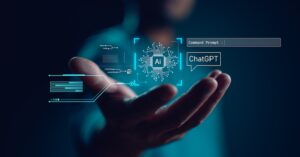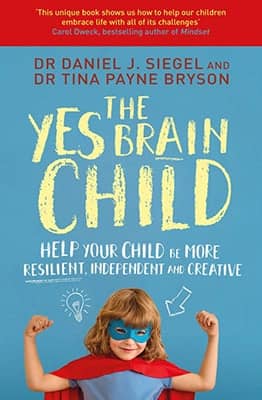Brainstem Students at Harry Perkins Research Institute

The Year 10 Brainstem classes had the opportunity to travel to the Perkins Institute for Medical Research this week.
We spent the day learning about concepts to do with genes and DNA medical research. We discovered how new and improving genetic knowledge and ideas are helping scientists become closer and closer to finding treatments and possible cures for thousands of diseases. One of these discoveries is using the gene-editing tool called CRISPR, (enzymes derived from bacteria that cut and edit strands of DNA).
We got to take part in practical experiments, where we used professional equipment like the micropipette and a mini centrifuge. We extracted and examined human blood cells to identify the fluorescent green cells which showed that the CRISPR worked in those cells and the normal cells did not undertake the CRISPR progress. We also analysed the data and learnt about how the DNA can be sequenced using the Sanger sequencing technique. Chloe Hudson and Sheldon Armstrong

We were fortunate to work with research scientists and Santa Maria past students, Nicola Prinsipe (2014) and Caitlin Tilsed (2012) who are currently working on their PhDs. Nicola and Caitlin helped us better understand the advanced technology used in medical research today.
The experiment we conducted focused on the effectiveness of CRISPR use in cells. We collected CRISPRed cells, calculated their efficacy, and prepared them for analysis with the context of treating sickle cell anaemia. It was a great experience working in a biosafety level 2 lab, using sophisticated equipment that we otherwise wouldn’t have access to.
Overall the day was extremely interesting and beneficial. We all gained a lot of knowledge, and it was fun doing some interactive learning. Shanice D’Silva


Exploring the Artistic Universe of Isabelle De Klein (2011)
From childhood, Isabelle de Klein’s talent flourished, guided by the supportive Art department into the renowned artist she is today.

What A Term! So Many Opportunities – Jennifer Oaten
As I look back on the past nine weeks, I am so grateful for who we are as a community and what we have achieved. Through the dedication of our staff and the enthusiasm of our students, we have established new connections, immersed ourselves in opportunities and worked through challenges.

The Holiest Time of the Year
Palm Sunday marks the beginning of Holy Week, signalling the conclusion of Lent and ushering us into the holiest time of the year.
- AnalyticalSkills, Collaboration, CriticalThinking, Curiosity
Author: Santa Maria College
Santa Maria College is a vibrant girls school with a growing local presence and reputation. Our Mission is to educate young Mercy women who act with courage and compassion to enrich our world. Santa Maria College is located in Attadale in Western Australia, 16 km from the Perth CBD. We offer a Catholic education for girls in Years 5 – 12 and have 1300 students, including 152 boarders.







